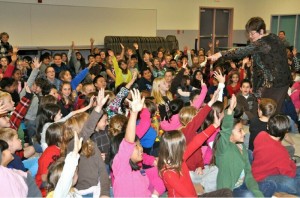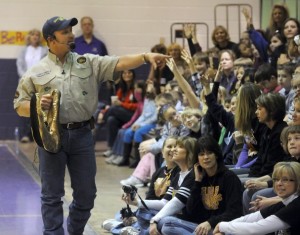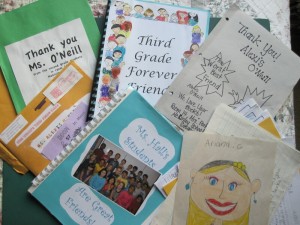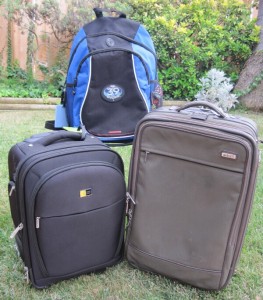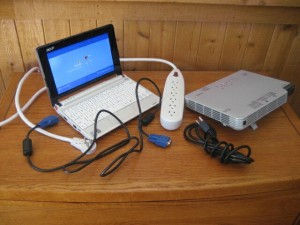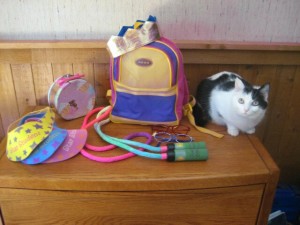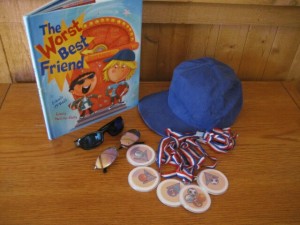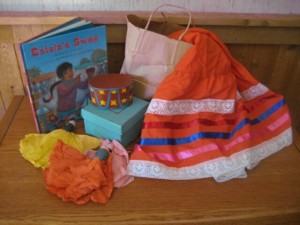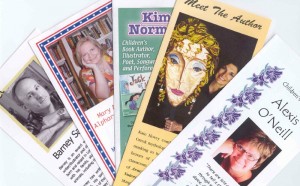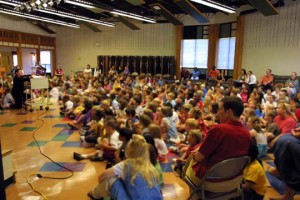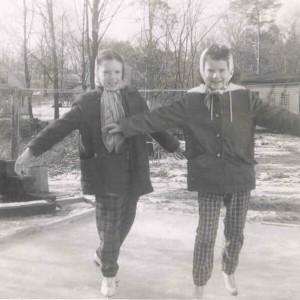So, you’re facing 250 kids in an assembly. You’ve asked a question. Or you’ve invited volunteers to join you on-stage. What’s the best way to choose respondents or participants?
Kids are all about fairness. They want you to be equitable in your choices. So I try to make sure that I choose kids from a variety of grade levels and classes.
Here’s how I do it.
LARGE GROUPS: When I’m warming kids up at the start. I say, “Raise your hand if you’re a kindergartener,” and they raise their hands. I go all the way up the grade levels, noting where each group is sitting. Later, when I call on volunteers, I do my best to choose kids from each grade level and a variety of classes within that level. I’ve found that one kid becomes the hero for that grade, making everyone feel as if they had participated themselves because they know the person who was chosen.
SMALL GROUPS: When I’m in a small group, I say, “I have only one rule. When I say , ‘Any questions?’ you can raise your hand. When I call on a kid, all the other hands must go down so that you can listen to the question and the answer. When I’m done answering, I’ll say, ‘Next Question?’ so you’ll know when to raise your hand again.” It’s important to choose kids from all sides of the room. Most speakers favor right or left, front or back, so be aware of where you tend to look to make your choices and be more equitable.
AUDITIONNING: For my book THE RECESS QUEEN, I “audition” kids for the main role.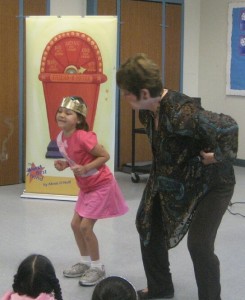 As I stand in front of the assembly of kids, I make a mean face, stamp my feet and say, “I need a girl who can do this.” Kids immediately mock my facial expressions, and I quickly choose the first girl who mirrors this energetically.
As I stand in front of the assembly of kids, I make a mean face, stamp my feet and say, “I need a girl who can do this.” Kids immediately mock my facial expressions, and I quickly choose the first girl who mirrors this energetically.
READERS’ THEATER: When my assembly focused on my book, LOUD EMILY, I had kids volunteer to do Readers’ Theater. This made teachers nervous because not all of the kids I chose were great readers. But this worked out fine because, as the narrator, I stood behind each actor when it was his or her turn to speak, and helped them with words they weren’t sure of. I can’t tell you how many times I chose kids with really limited language abilities (by accident!), but they really shone in front of the whole assembly. For my picture books, I prefer this to having teachers choosing the “best” readers. But, I do think that texts for middle grade or YA Readers’ Theater might benefit from readers with a good command of language.
Kids love to be on stage. They love to ask questions. And if they feel that you are being fair in the way that you choose volunteers, they’ll relax and enjoy the experience.

